Sit Down and Check It Out: A Conversation with MRY’s Director of Interior Architecture, Stanley Anderson
Sit Down and Check It Out: A Conversation with MRY’s Director of Interior Architecture, Stanley Anderson
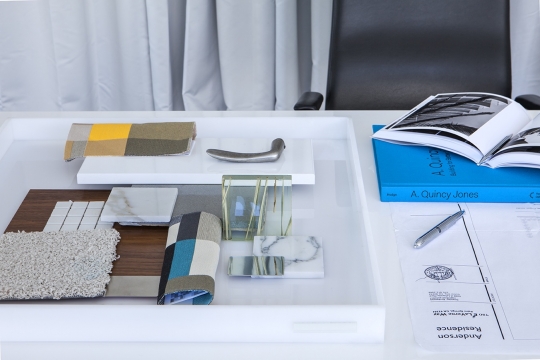
We decided to sit down with our own Stanley Anderson and talk about his passion for modern chairs and modern architecture.
When did you first want to be an architect?
When I was about eight or nine. I was always drawing, and it wasn’t only houses; I was drawing all kinds of things. My parents had friends who were architects, so I got an introduction that way.
Why were you drawn to 20th-century design?
The history classes I took in college focused on modern architecture and modern design. I am an organized person, and I love order. I am the kind of guy who likes an organizational matrix.
Why did you focus on collecting chairs from this century?
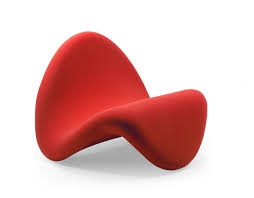
The focus gave me some parameters and limits. I think this relates to why I got more interested in interior architecture as opposed to building architecture. Working within an existing or planned building gives you parameters, a certain context to work with. I enjoy having those boundaries as opposed to something completely open ended.
Do you agree that many 20th-century chairs are uncomfortable?
I wouldn’t necessarily disagree, especially in my collection. Comfort is just one part of decorative arts. I am probably more interested in the art of it, the methods of construction, and the form than in actually using it. I think of the pieces that I’ve collected more as sculptures.
What about the chairs you select for your clients?
My previous answer only applies to my own collection! For my clients, all of the furniture is typically contemporary and has to pass the following six tests:
• Function/comfort
• Aesthetics appropriate for the client’s identity
• Maintenance and durability
• Sustainability (made from recycled materials or at the very least will last a very long time)
• Flexibility (particularly with my commercial/institutional clients, furniture products have to be useful in different configurations)
• Budget (of course this varies depending on clients’ goals)
What about knockoffs? Does that come up?
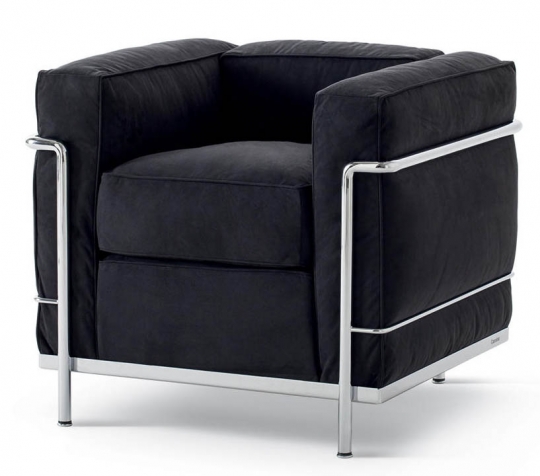
I only want to specify licensed originals. In every case, I’ve been able to convince my clients that the originals will retain their value and be handed down to the next generation. Sometimes it’s hard to convince people that recent history is still history. The quality pieces will become modern heirlooms. Children will remember the furniture and want to hold onto them for their lifetimes. That little bit of extra money goes a long way.
Tell us more about your own chair collection.
A lot of architects collect a few pieces here and there that they love. About 20 years ago, I decided I wanted to carefully curate a collection. I’ve owned so many different pieces over the years, and at one point, I decided I wanted pieces that I might keep forever that were truly iconic. A collection to draw inspiration from all the time. So I decided to build a collection with a piece representing each decade of the 20th century.
Which was the first chair you acquired?
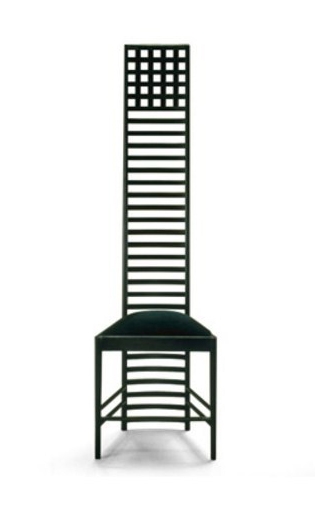
The Mackintosh Hill House chair, which represents the first decade. And then I jumped around to collecting from different decades. The next one was the Rietveld Zig Zag chair.
When will you know if the collection is done?
It’s complete for now. All 11. The last one is the first decade of this century. They are all displayed in my place in Palm Springs.
Do you collect miniatures?
I started off 25 years ago with miniatures. I got a gift of several Panton chairs. Eventually I gave each one away. As I could afford them, I switched to the full-scale version.
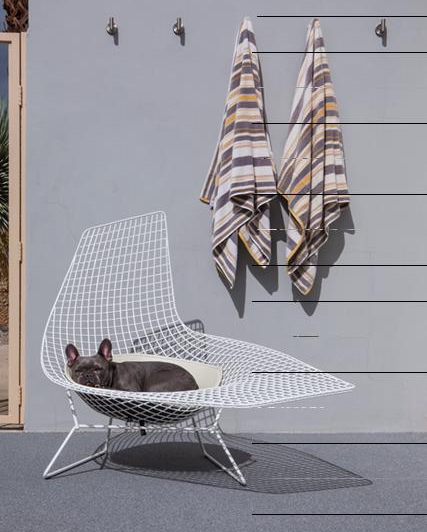
But you have other furniture from the 20th century?
Sure. I have Bertoia pieces and Richard Schultz chairs on the patio. But these are part of my constant collection. They are not part of the curated collection.
What chair are you getting next?
The collection is complete for the 20th century. But one thing I have considered getting is an original 1961 Eames Time-Life stool. Part of that will depend on which one I come across in a gallery.
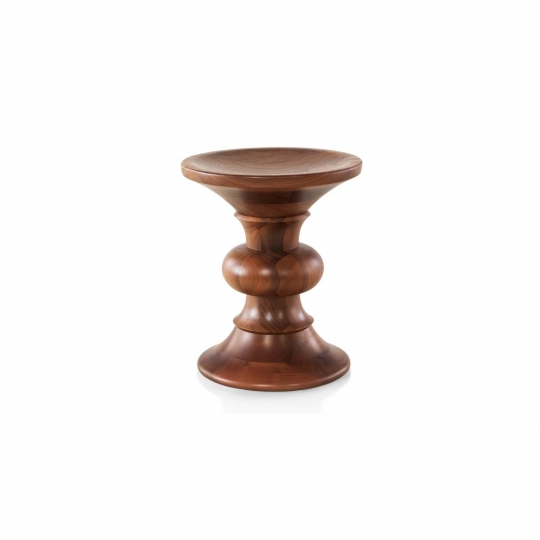
Have you been to the Vitra Design Museum in Basel?
Not yet. I would love to go. A friend of mine posted a bunch of photos of it, and it is definitely on my list.
So what is the connection between your collection of 20th-century chairs to your work on 20th-century buildings?
A lot of work that I’ve done, especially in Palm Springs, was built in the 1940s, 1950s, and 1960s. My clients relate to me because they understand my passion for those decades. Having worked on and owned that kind of architecture, I developed an expertise. They see the collection and the clarity but also understand how important the building is in terms of providing a background. They end up wanting collectible pieces too.
But that simple architecture isn’t so simple?
When you talk about the core qualities or principles of a midcentury building, there are a few architectural principles that need to be understood no matter what. I am talking about California and, more specifically, desert modernism. The connection to the inside and outside for example. The large overhangs in the desert, having materials that blur what is inside and out. And of course the module. When I renovate midcentury buildings, I find that those principles were often discarded over time. I want to bring them back.
What about “modest moderns?”
You mean buildings that are not landmarks? Recently, MRY received the commission for the renovation of the UCLA Faculty Center. It is a fine example of midcentury modernism. It seems inspired by the work of Cliff May and A. Quincy Jones. But it was designed as a building with a very specific use, not as any kind of experimental structure, like the houses in the Case Study House program were. It is a faculty clubhouse that needs to be updated for contemporary use. It has very good bones, and it’s clear what we need to do to make it flourish in its original format. A relatively modest building like this reveals itself. It practically tells you how it wants to be renovated.

There are several reasons to save these modest moderns. Why tear it down if it isn’t broken? Going forward, folks are going to have give more justification for expending resources to remove a good building, given all the embedded energy that went into its construction. But in this case, there is also memory. Since 1959, the UCLA community has been actively using this building. There is a lot of history, and faculty and students have a lot of love for the building. It’s worth keeping those memories by improving the infrastructure.
Do you design your own furniture?
I have designed a lot of furniture over my career. Some pieces were built for specific projects, and a few are standalone pieces for museums. I taught furniture design at the Chicago Art Institute and at California College of the Arts in San Francisco. I’ve always wanted to share this passion. We are in conversations with some furniture lines to produce a series of furniture, but you will have to wait for that.
